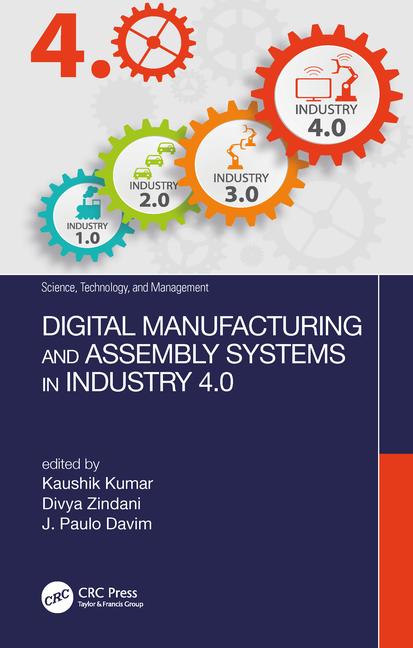X-rays are used to inspect everything from golf clubs to artillery shells.

In the automotive industry, X-ray equipment checks welds and castings for porosity, inclusions and cracks. This X-ray shows porosity in an engine part. Photo courtesy Vidisco Ltd.
In the automotive industry, X-ray equipment checks welds and castings for porosity, inclusions and cracks. The technology can even be used to examine the grain structure of the metal. Small parts, such as sensors and fuel injectors, are also inspected with X-rays. Air bags are X-rayed to ensure that loose parts haven’t been enclosed accidentally. A stray fastener could become a dangerous missile if the air bag deploys.
“Every car and truck tire is X-rayed to make sure we don’t have another [recall] fiasco,” adds John Dupree, technical product manager for Yxlon International Inc. (Akron, OH). Inside the inspection machine, the tire rotates 360 degrees as the tread is X-rayed. The machine then creates one long X-ray image, as if the tread has been unwound and laid flat. Software automatically analyzes the image for defects, such as misaligned belt layers.
In aerospace and defense, X-ray machines inspect turbine blades, control rods, pitot tubes, hydraulic lines, propellers and helicopter rotors. X-ray machines check composite parts for delamination and examine the structure and alignment of carbon fibers.
In other industries, X-ray machines inspect welds in pressure vessels for cracks, inclusions, porosity and nonuniformity. Medical device assemblers use X-ray machines to look at endoscopes and artificial joints. Wire harness manufacturers use X-rays to check the quality of crimped connections, and a golf club manufacturer uses X-rays to inspect castings for club heads, says Peter Jacobsohn, president of Alpetor Systems (Deerfield, IL).
X-ray equipment is available in both in-line and stand-alone versions. Depending on the production volume and the importance of catching a particular defect, assemblers may X-ray every product on the line or a random sample from a shift or a day. “Boeing inspects every brazed joint in every pipe that goes into a plane,” says Dupree. “Some pipes are 16 feet long, and we have to use a robot to tilt and move it around so we can X-ray it.”
Like diagnostic X-ray machines in hospitals, X-ray inspection equipment runs the gamut from film imaging to digital imaging to computed tomography (CT). Film-based equipment is the least expensive and offers the best resolution, says Dupree, but it’s also the slowest and it can’t be used in-line. Digital equipment comes in a range of power levels and resolutions, and it’s the only way to go for in-line inspection. However, when inspecting dense assemblies, defects near the bottom can be obscured by parts near the top.
CT is the most expensive of the three, but it offers the advantage of producing X-rays of an assembly in 3D. Engineers can then view the 3D image from different perspectives, rotate it, zoom into an area of interest, or take slices of the volume along any axis. For example, an automated CT system can inspect ordnance up to 40 millimeters in diameter at a rate of 60 rounds per hour. With digital X-ray equipment, the honeycomb structure surrounding the “boat end” of the projectile can interfere with the detection of pinholes, scratches and other defects. With CT, the honeycomb can be peeled away to clearly reveal critical elements of the assembly.
“Recent advances have lowered the cost of CT to almost half of what it was five years ago,” says Dupree. “The process is also much quicker. What used to take eight to 12 hours now takes 30 seconds. In the next 10 years, CT will be the standard.”
The power and resolution of an X-ray inspection system depend on the size and density of the parts and the size of the defect to be detected. A titanium part will require more power than a plastic part. However, there’s a trade-off between power and resolution. “The higher the power, the lower the resolution,” says Dupree. “If you’re looking for 1-micron cracks with a 450-kilovolt system, you won’t see them.”






